Most of you have heard of the Russian Woodpecker, but have you ever wondered what powered this massive structure? I have never seen any photographs from this place and it is not marked on any maps I came across, but thanks to Адам Бояновский’s (Адам’s Instagram) crash course in Soviet electrical engineering I can share it with you today.
Duga was an over-the-horizon radar system used as part of the Soviet ballistic missile defense early-warning network during the Cold War. It earned a nickname “Russian Woodpecker” thanks to a repetitive shortwave band tapping interference generated by this 150-metres high antenna. Many conspiracy theories and myths surrounded this top-secret military facility, from shaping weather to mind control experiments, all of which were obviously only legends.
As expected, such a massive structure consumed quite a lot of power to operate and while I haven’t found any officially published technical specification, online sources quote up to 10MW. This was likely one of the reasons behind its close proximity to the Chernobyl Nuclear Power Station.
This meant that Duga had its own electrical substation in the nearby forest. A 110kV line from the CHNPP was connected to several massive transformers and distribution boards, which sent electricity to the radar and control buildings. To make things even more interesting, the incoming 110kV overhead power line is still live and simply ends near the substation. A distinctive electrical crackling noise can be heard in the woods.
Just like the Russian Woodpecker control rooms, the place is mostly empty since all valuable equipment was removed for for spare parts and scrap metal.
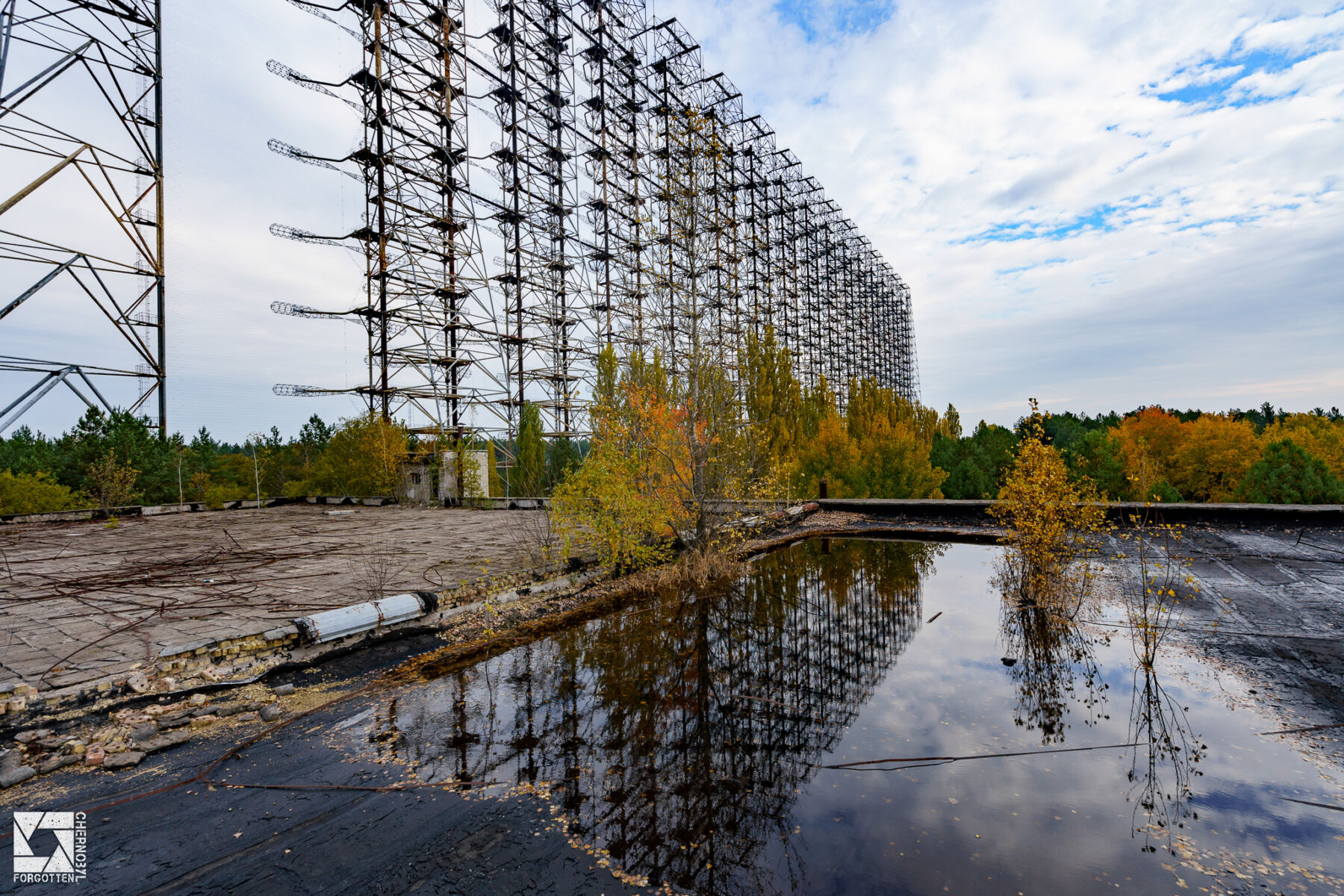
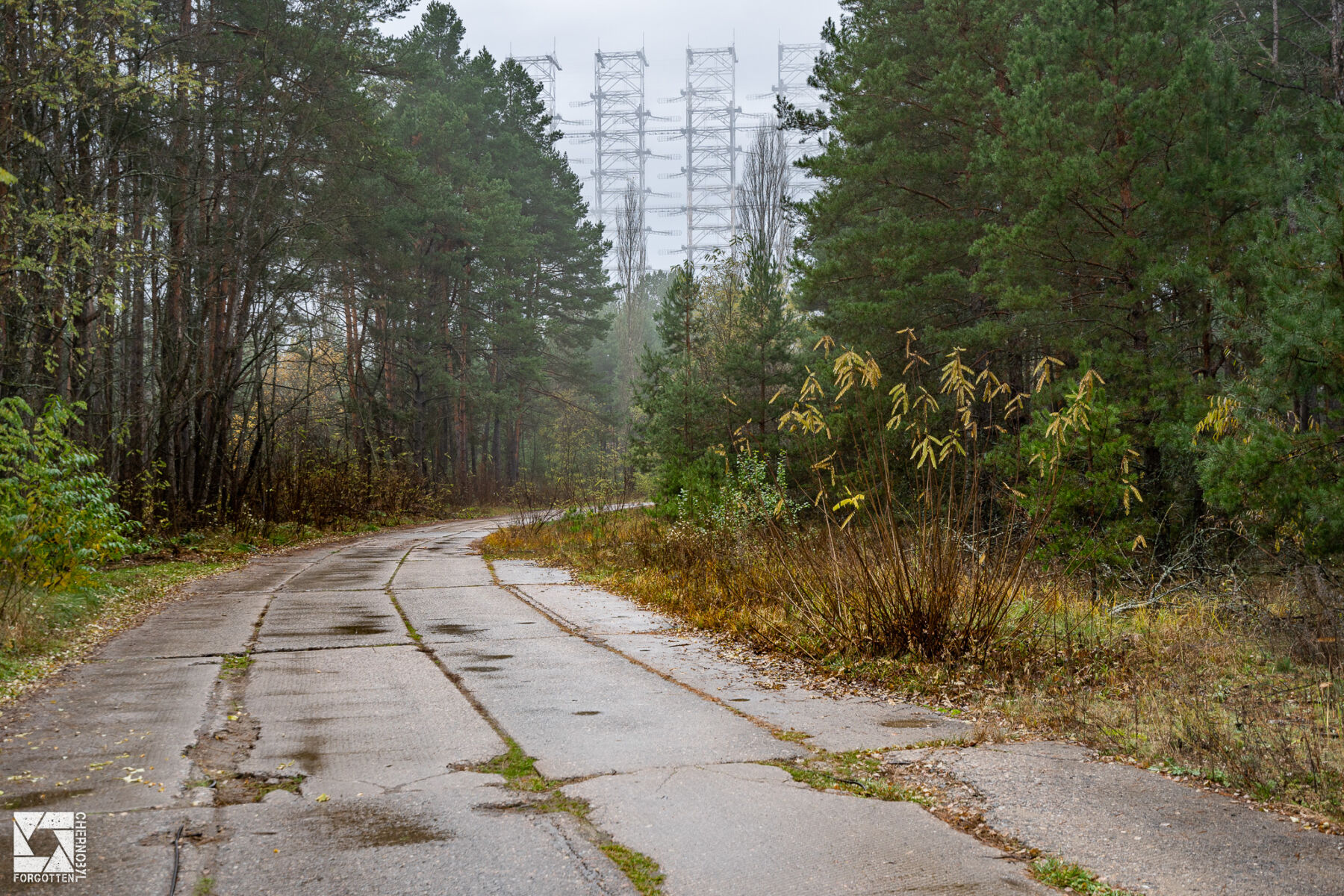



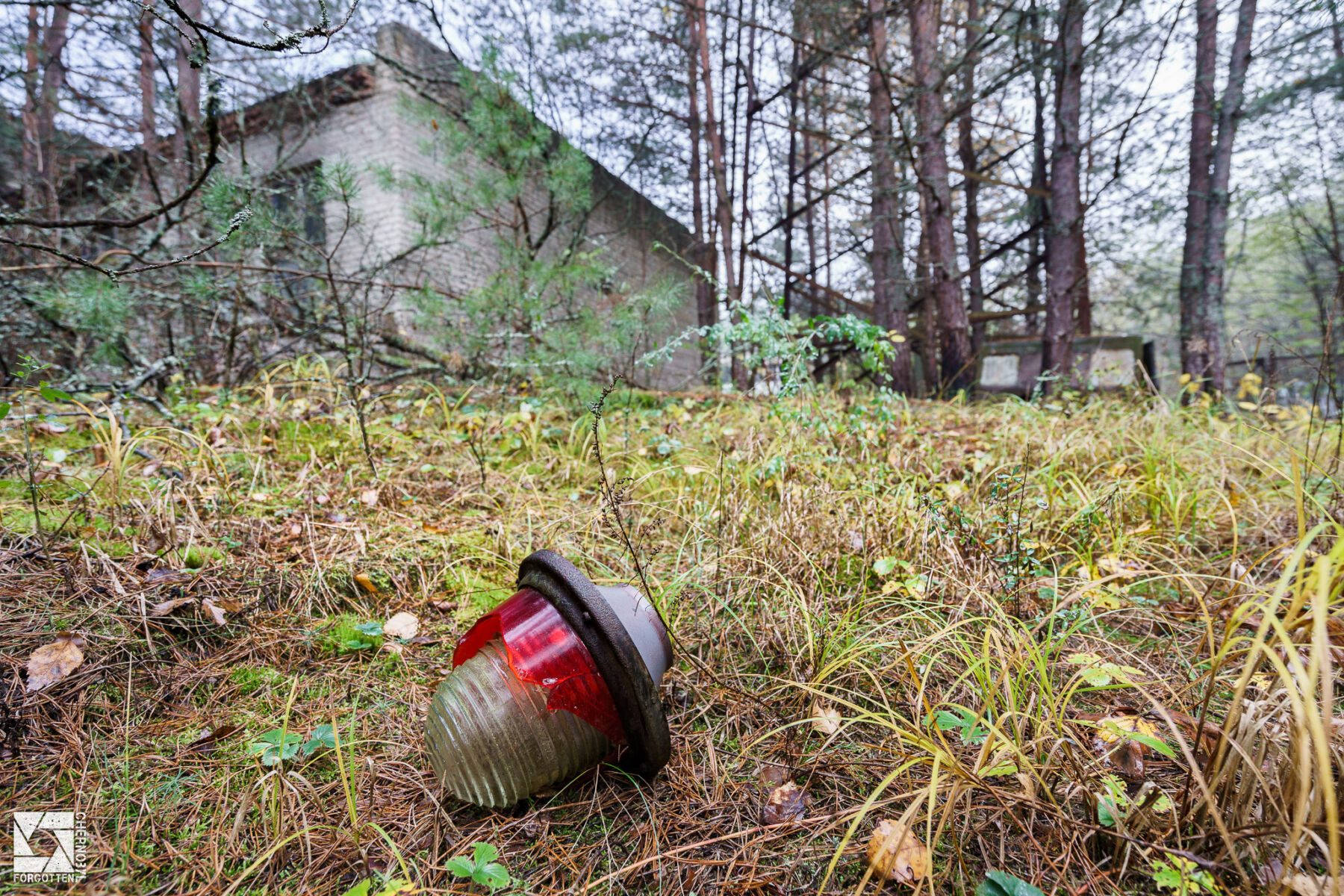
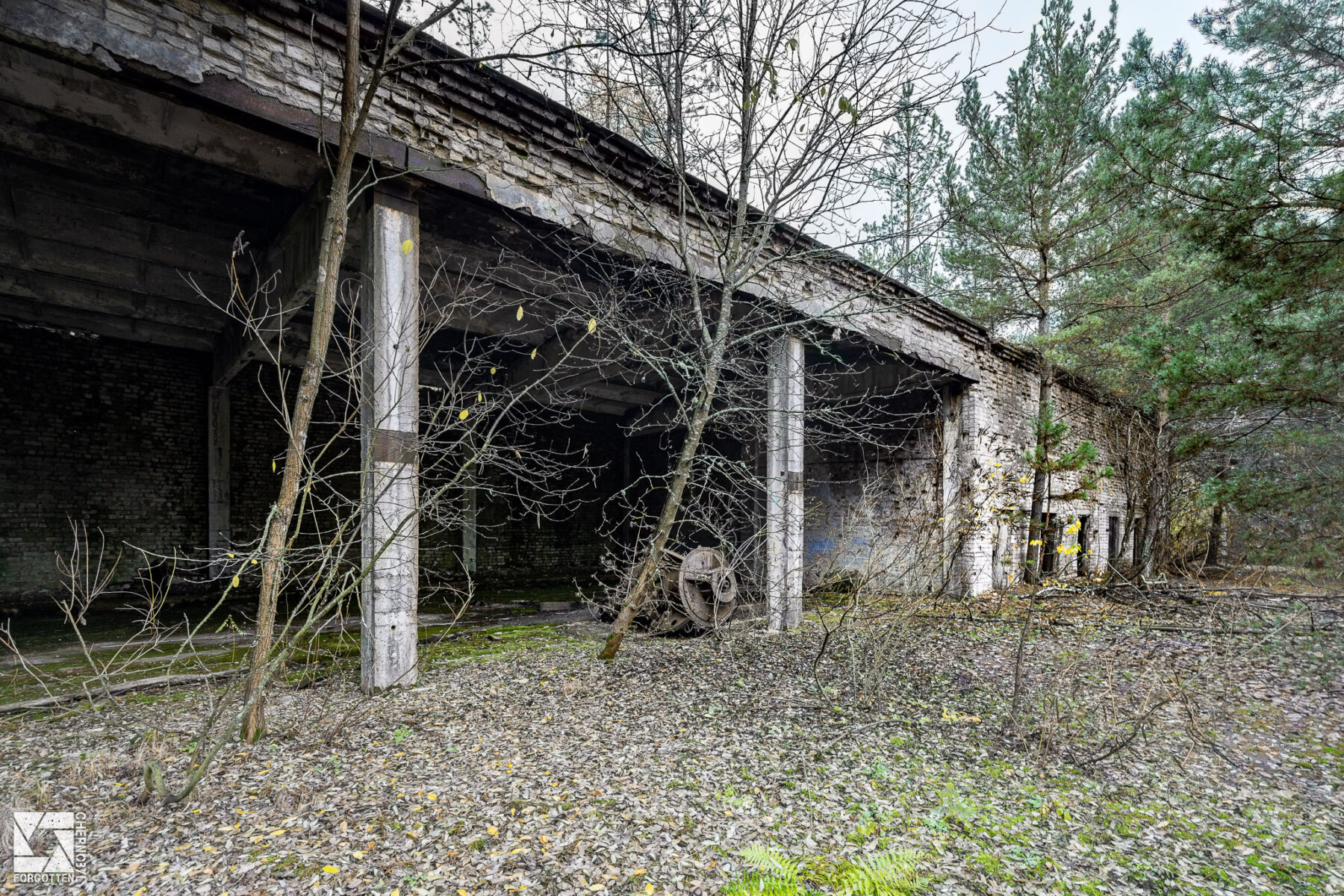
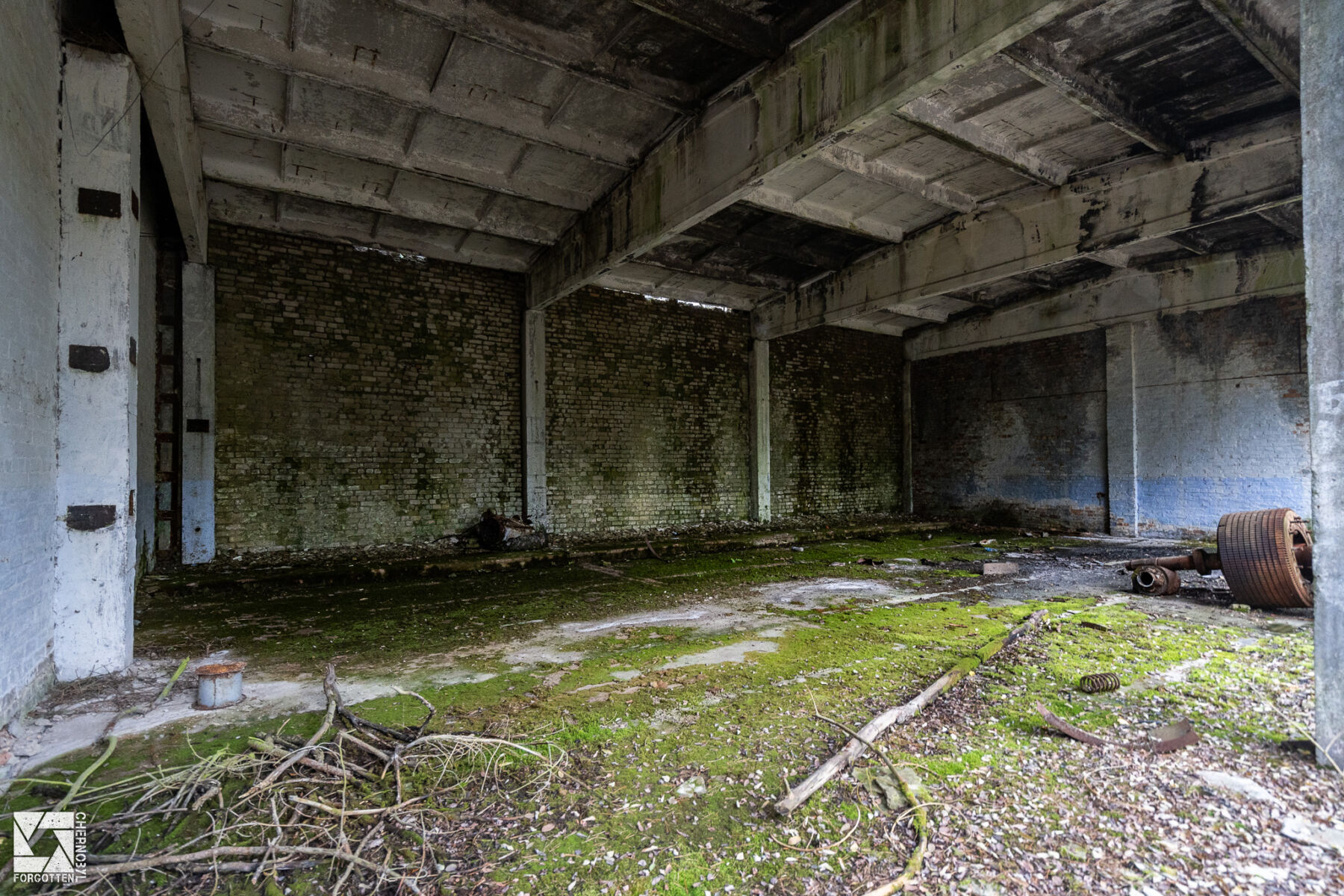
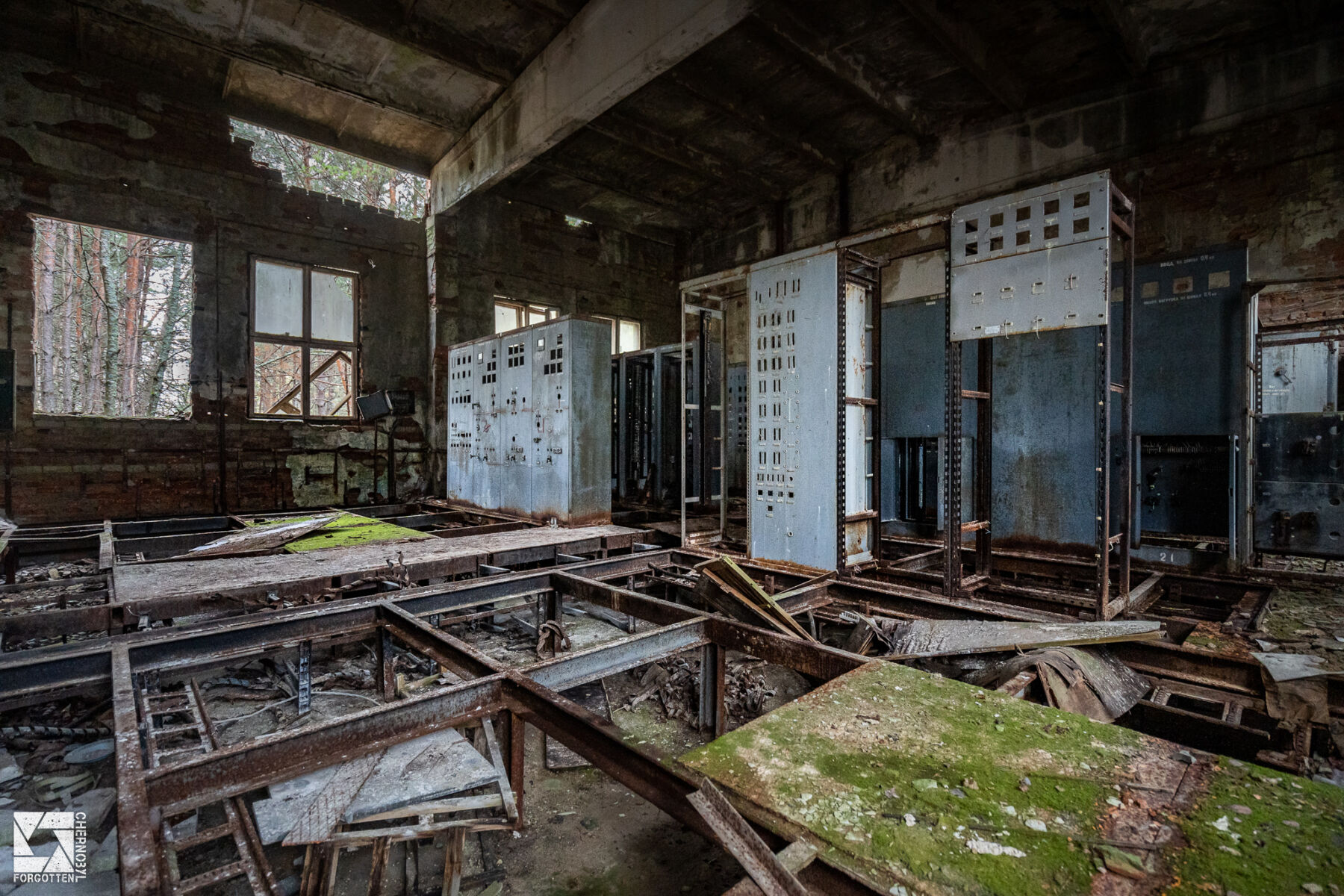
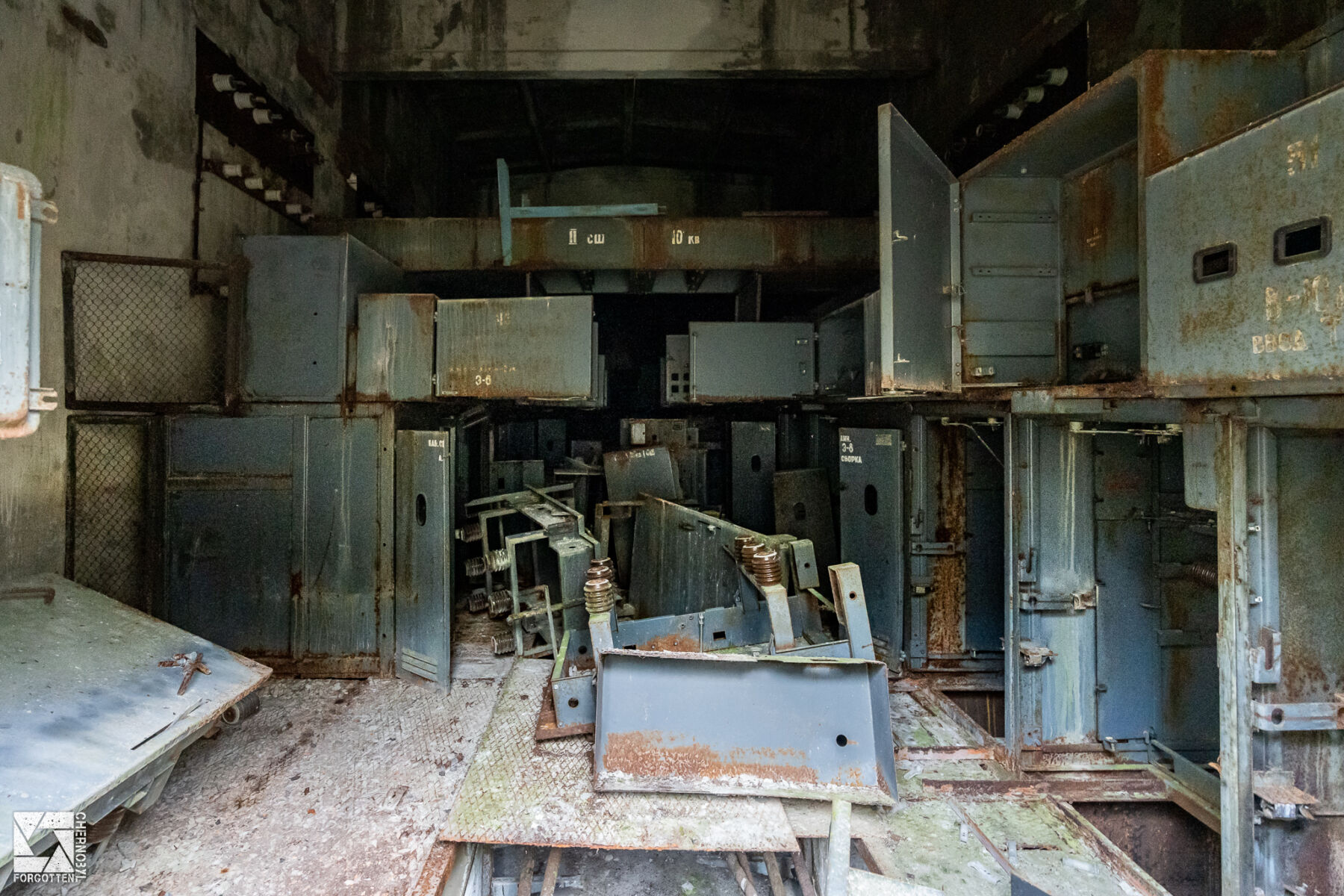
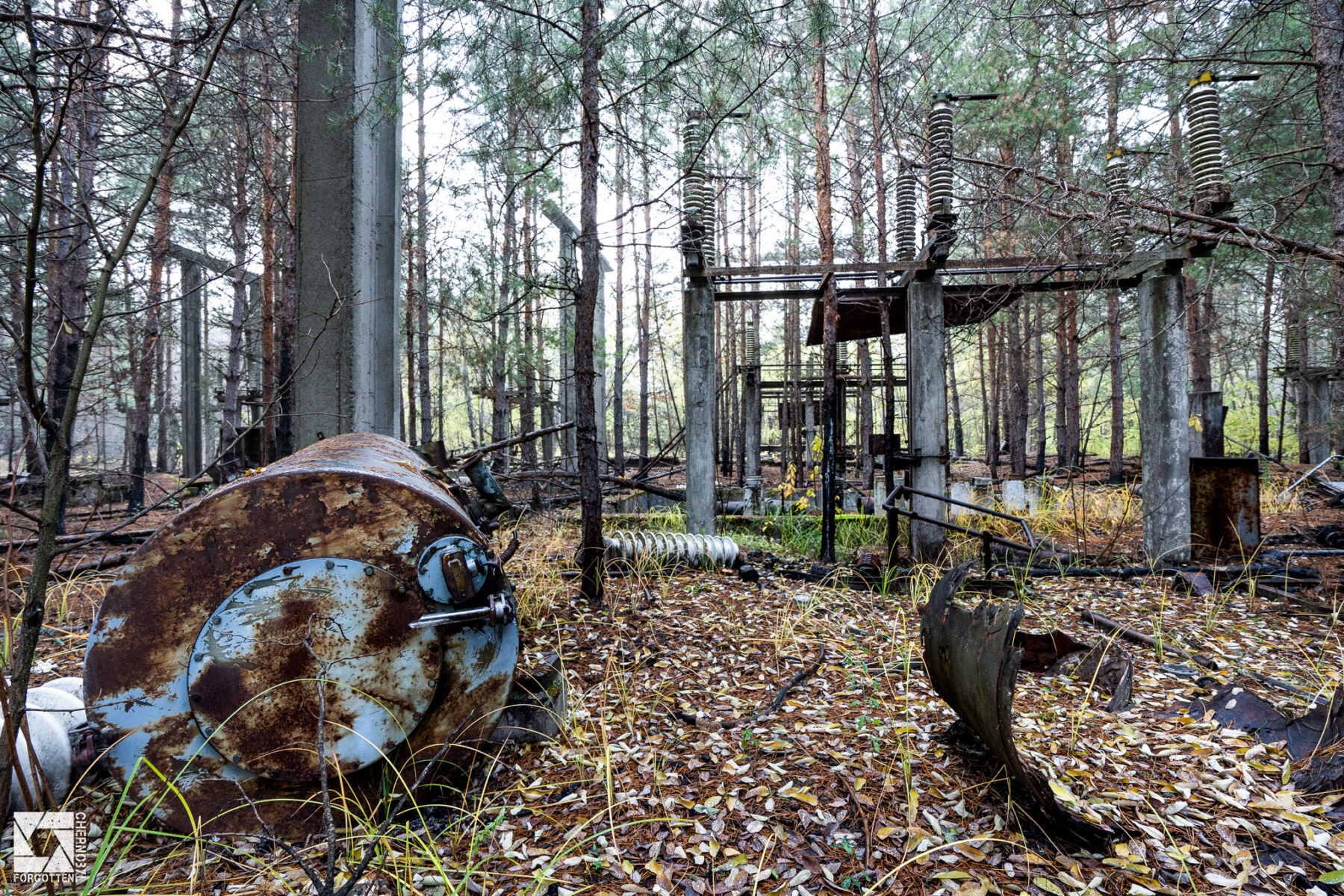

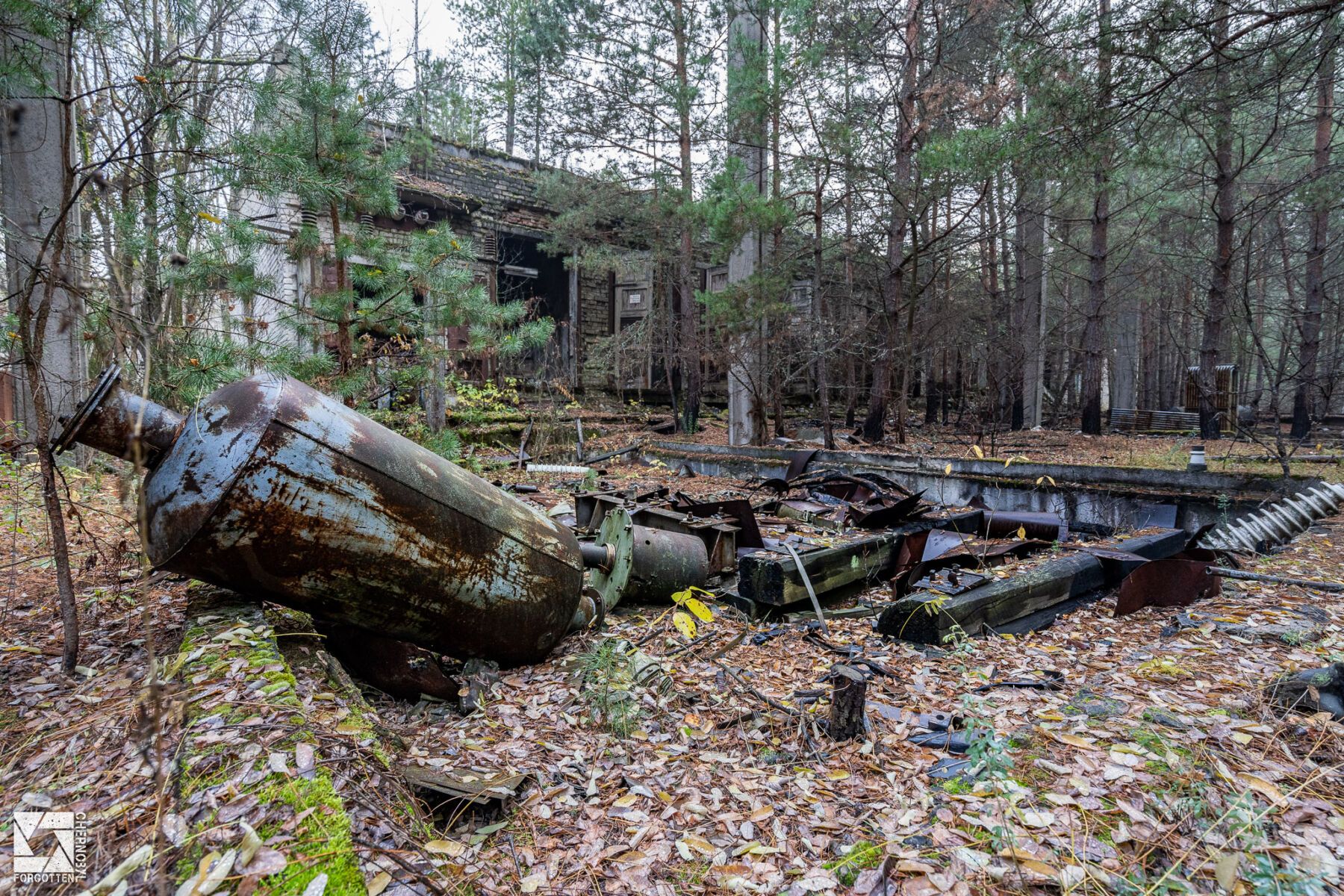

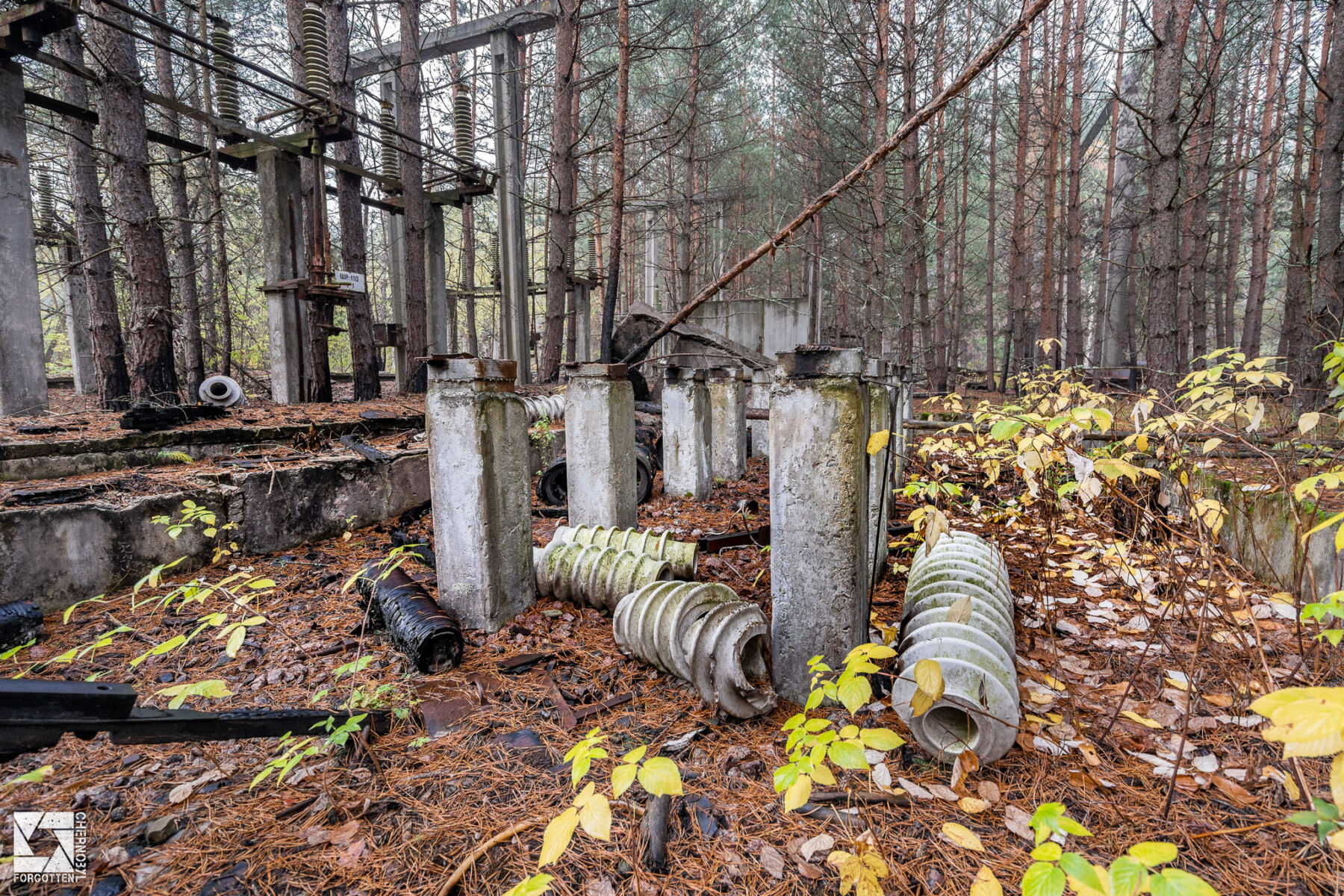
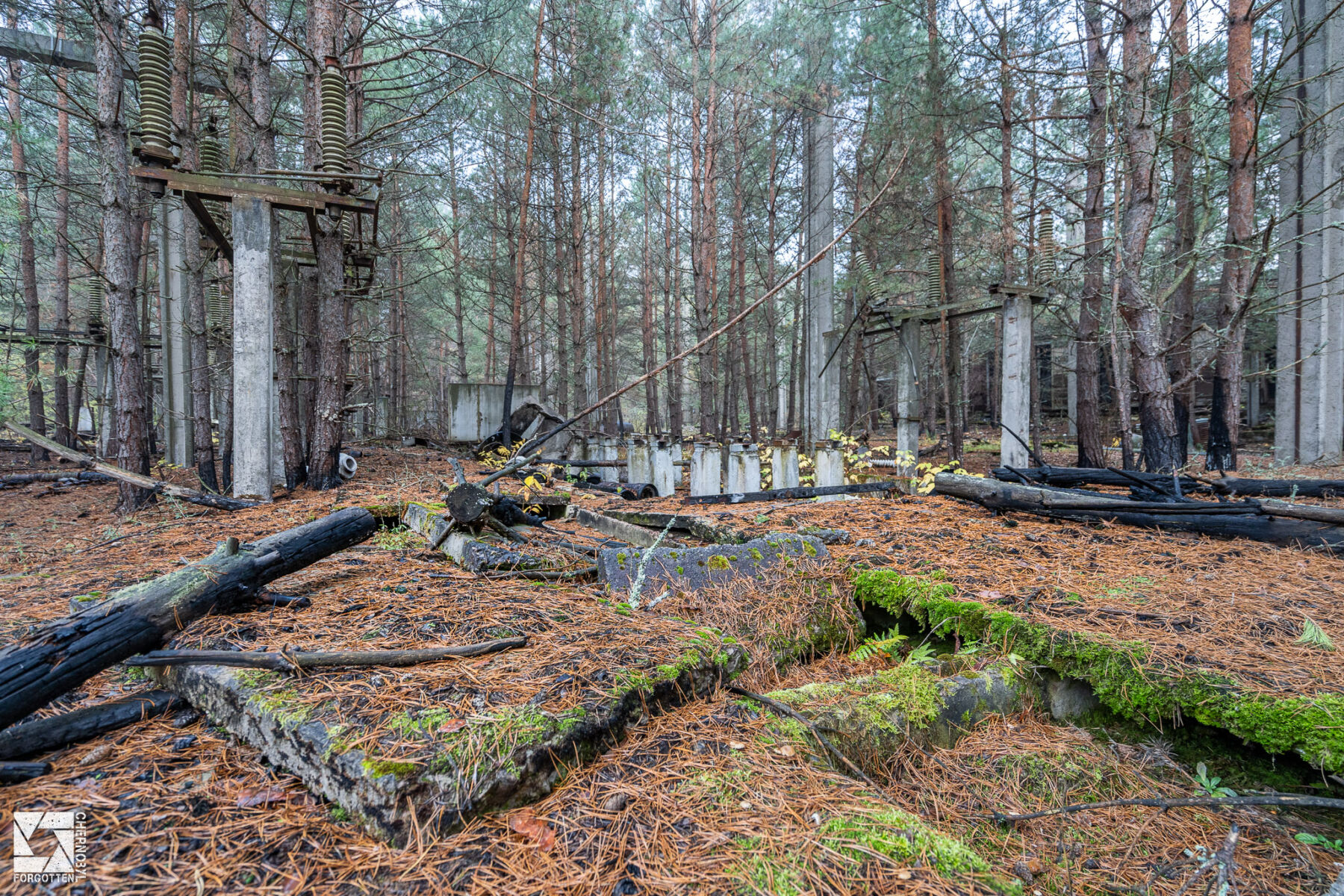

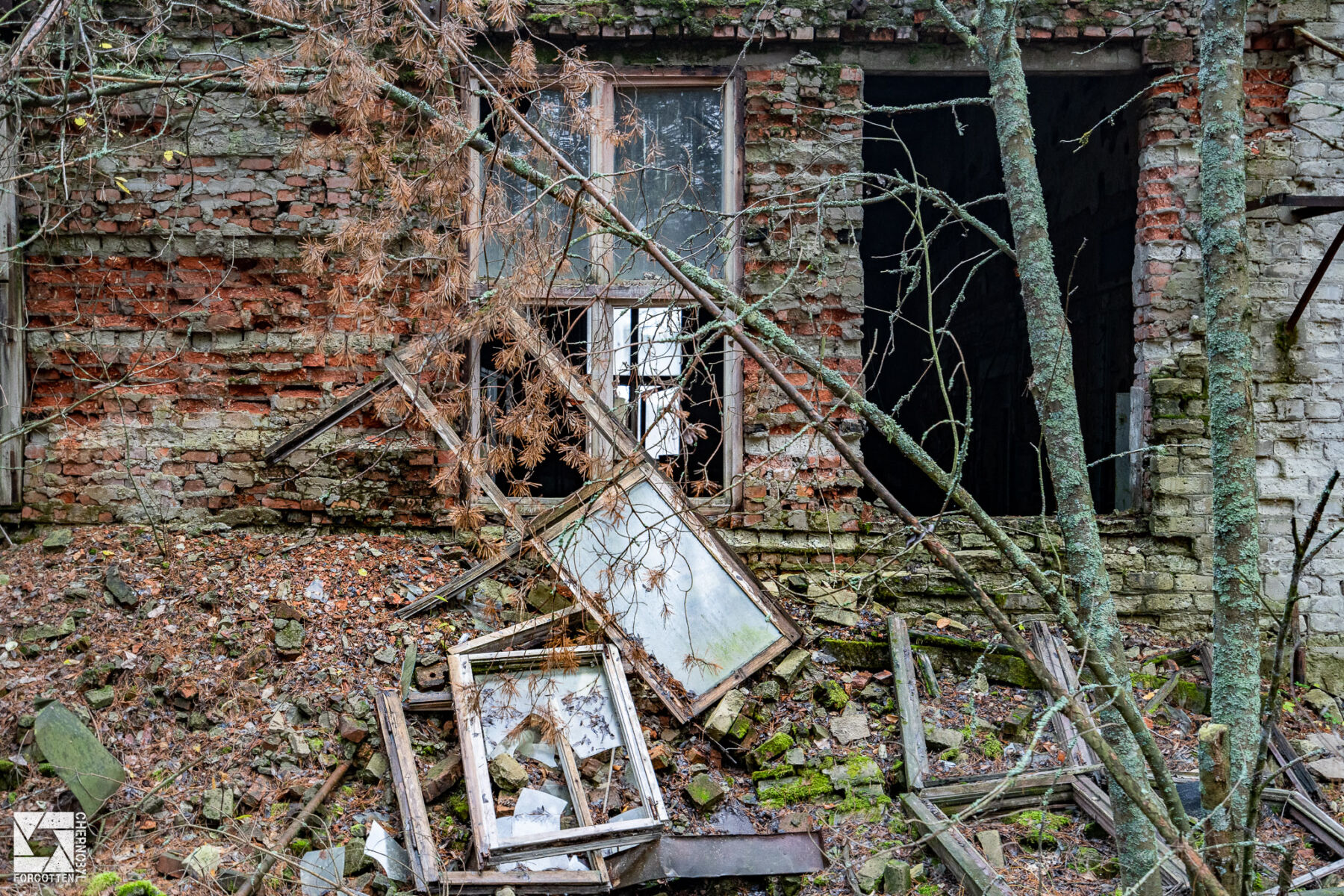
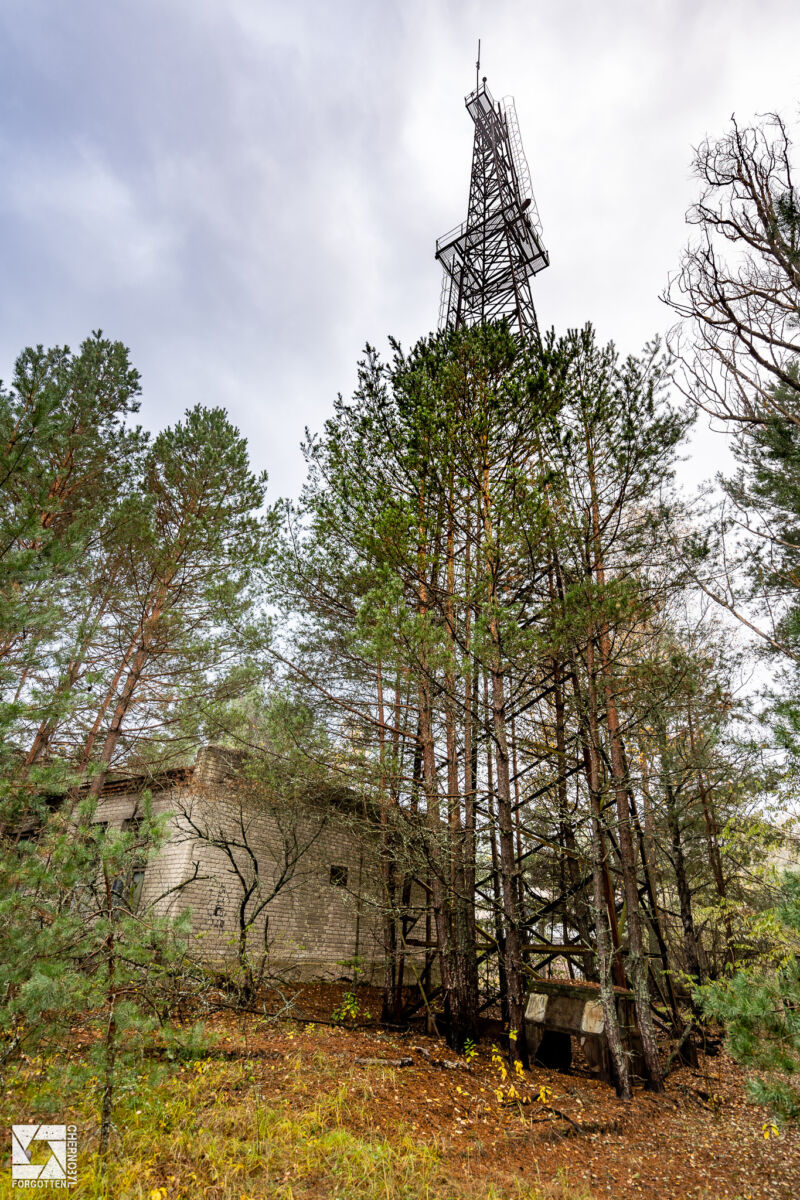
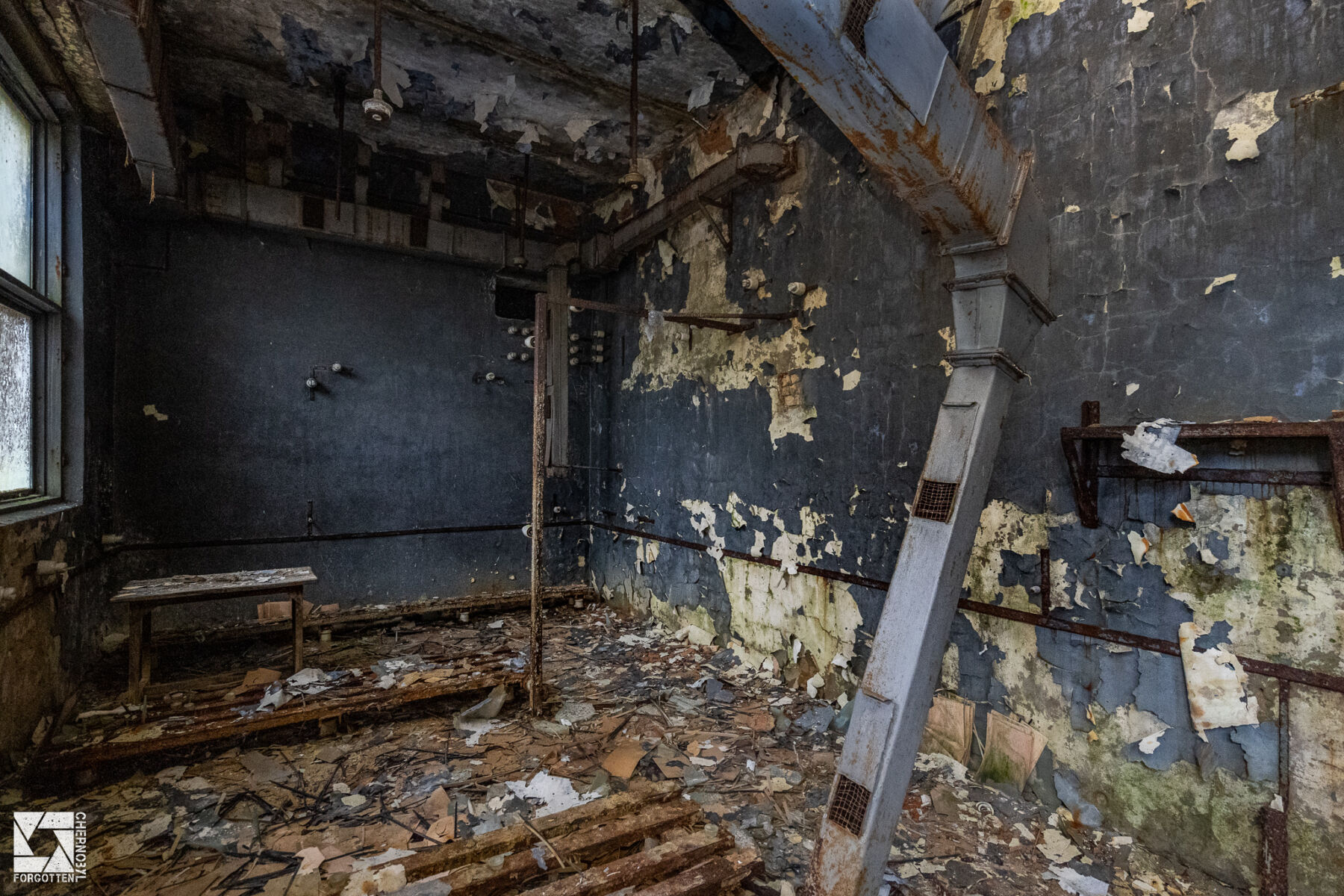
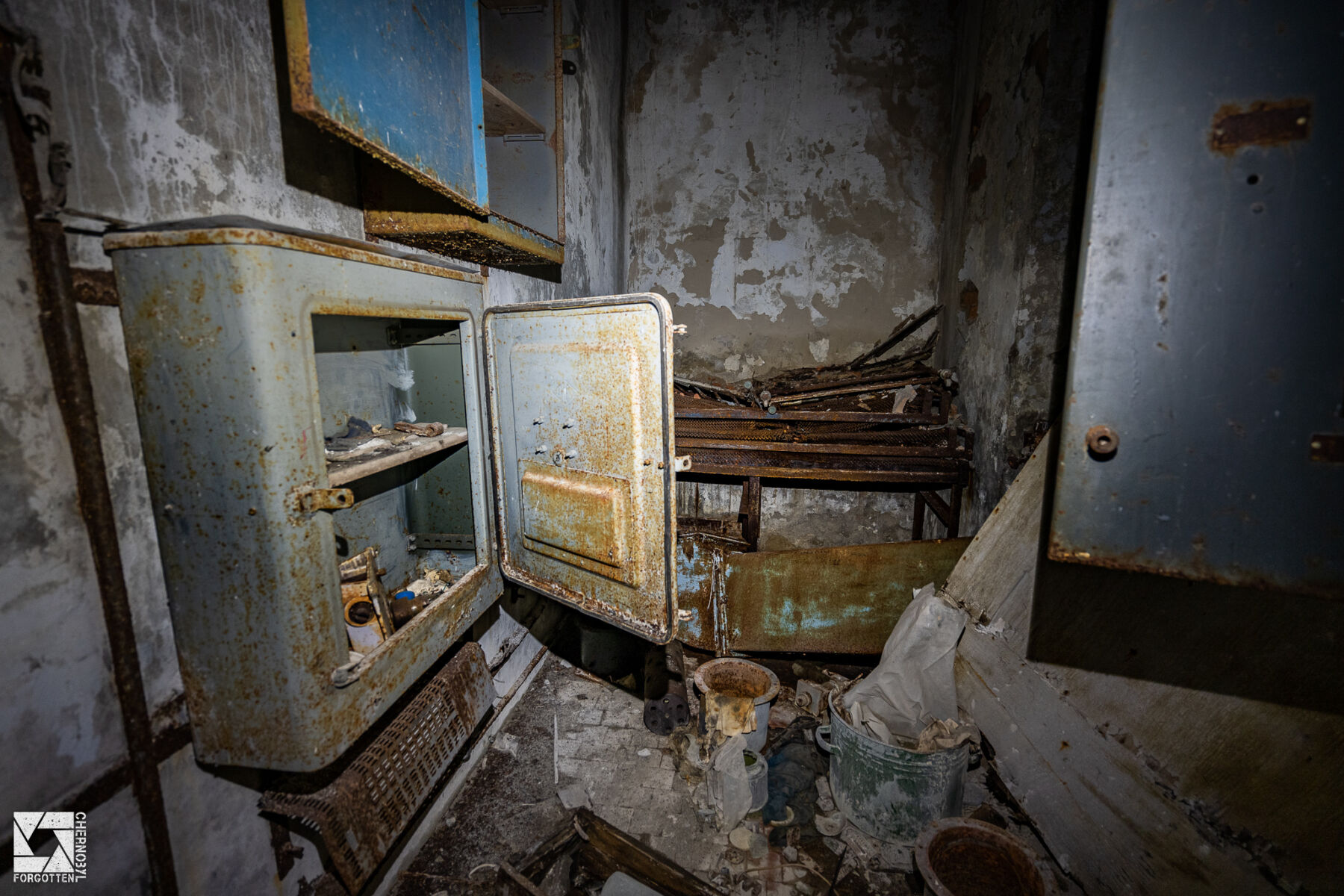
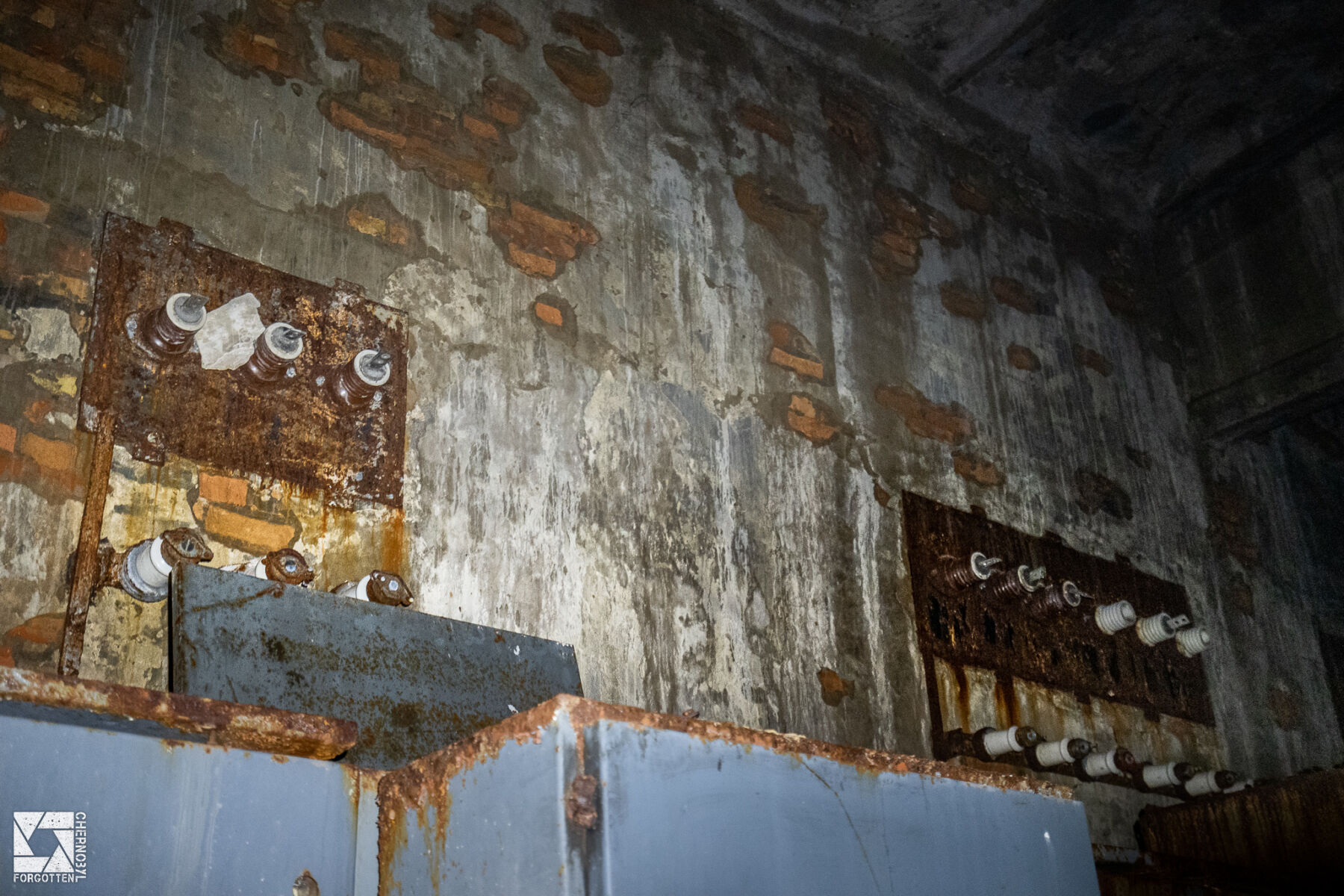
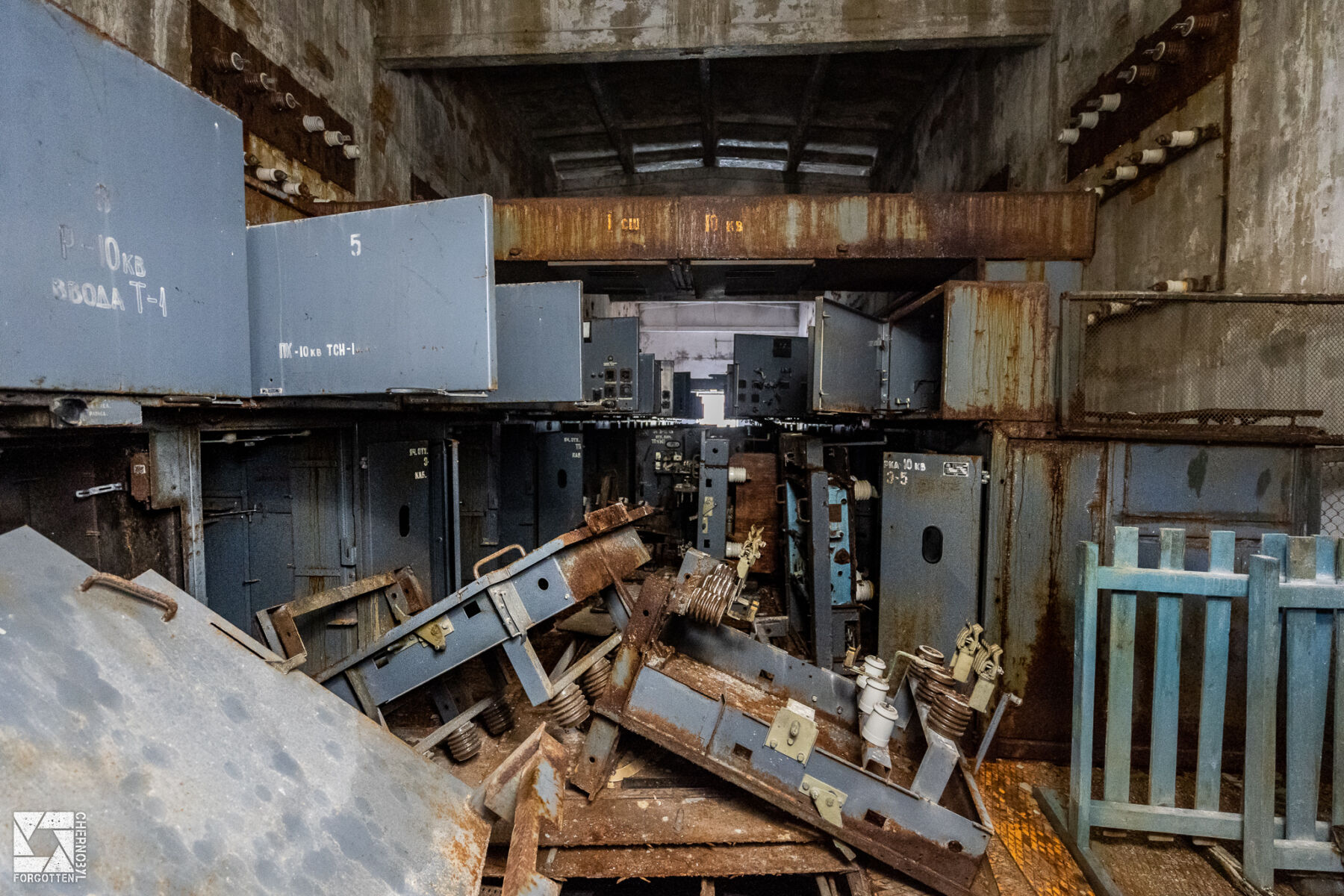
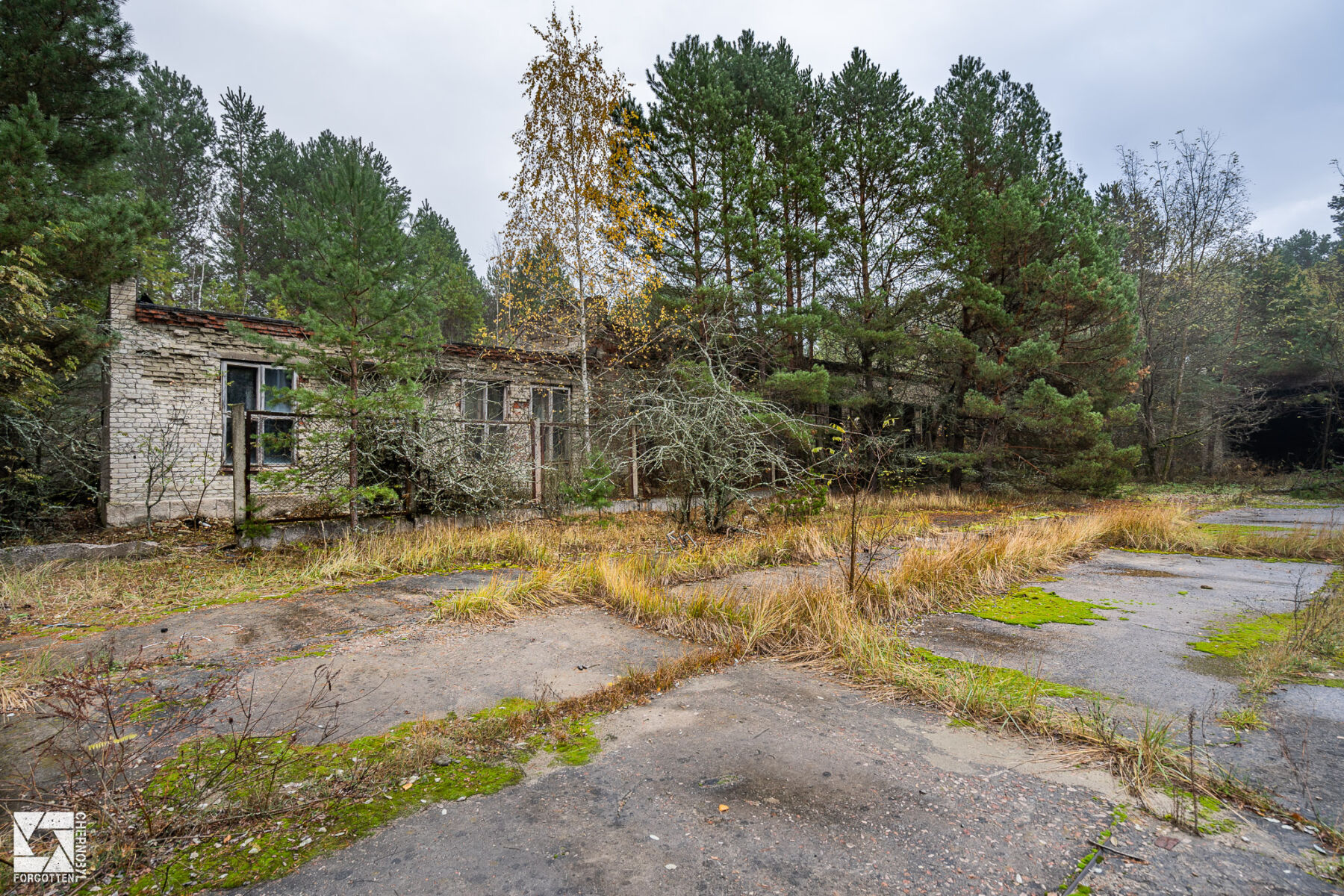
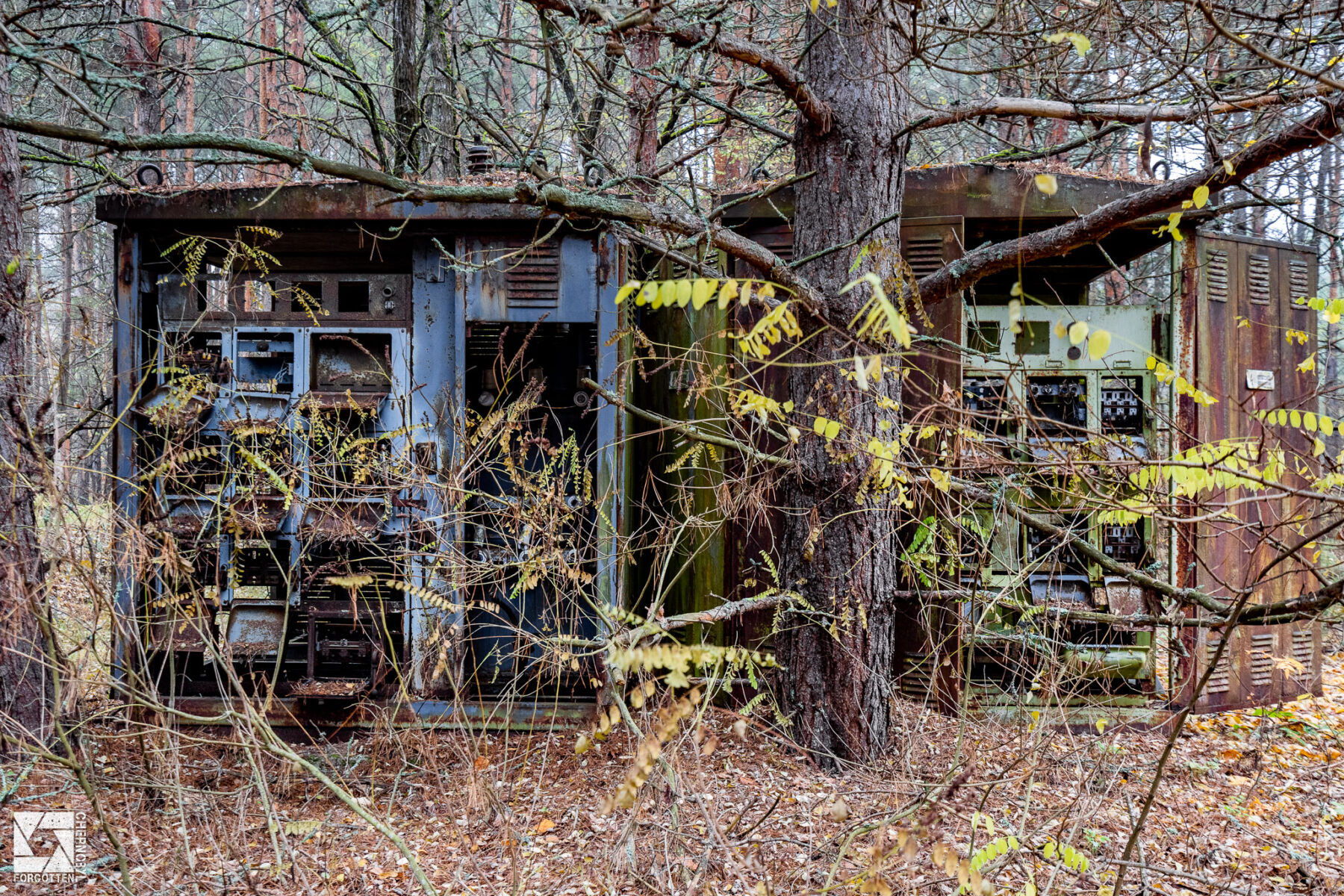
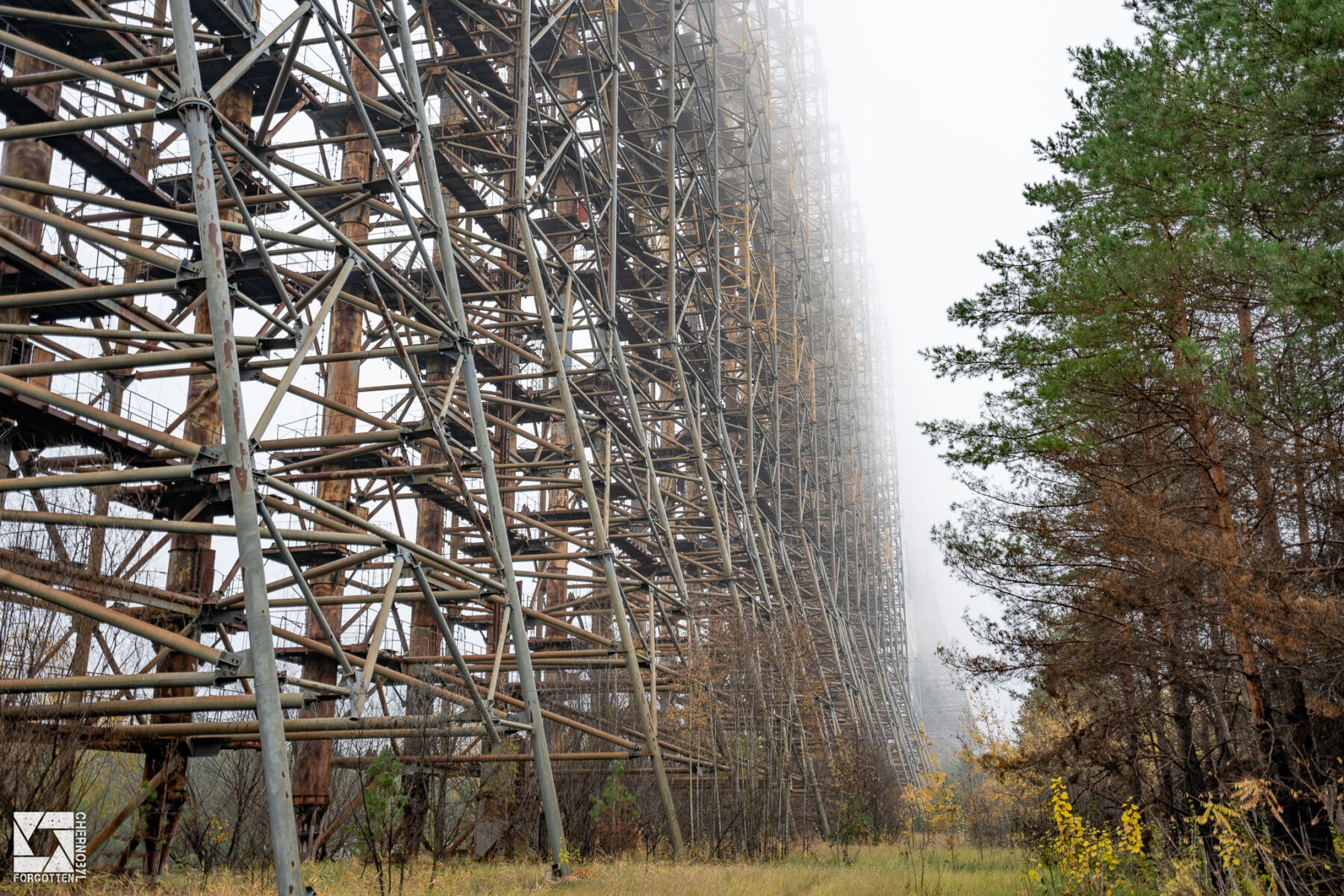
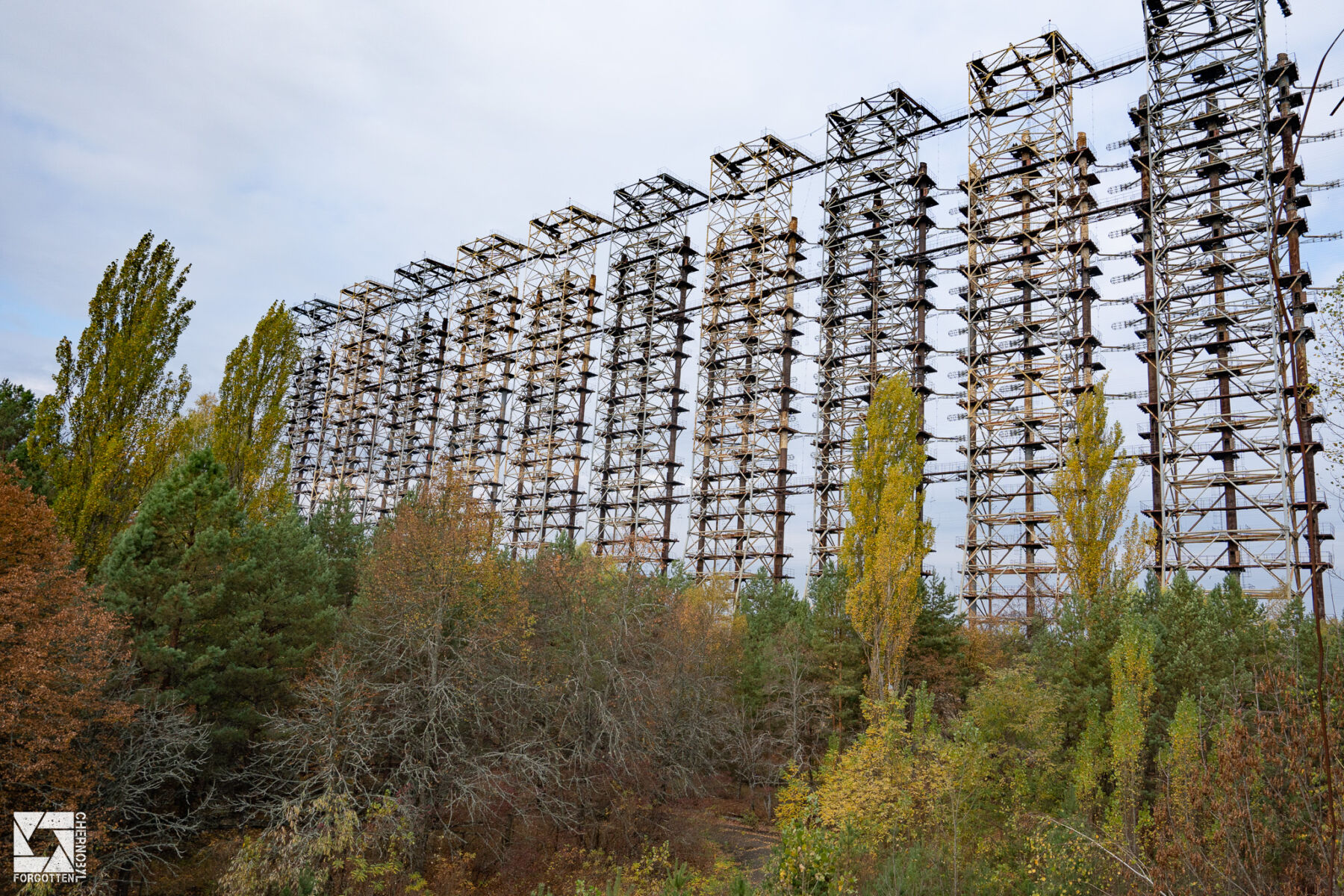





Be First to Comment